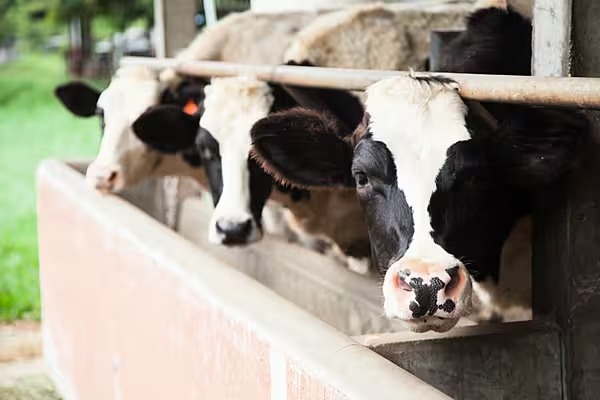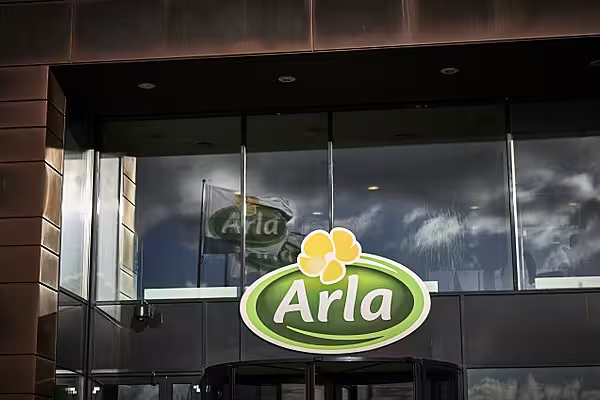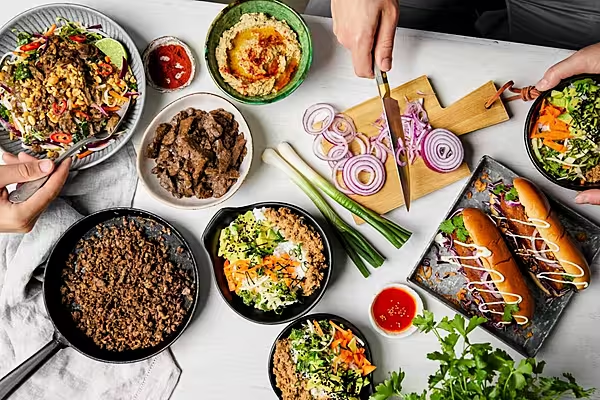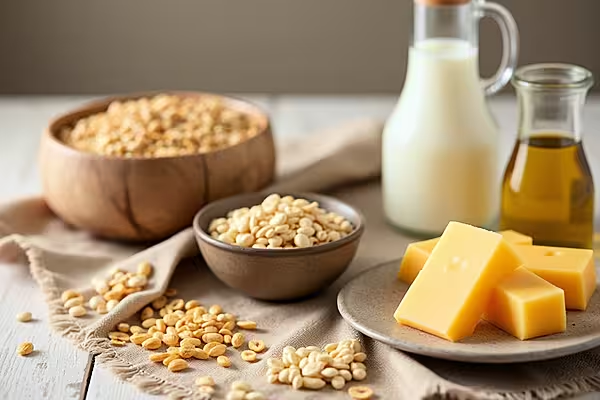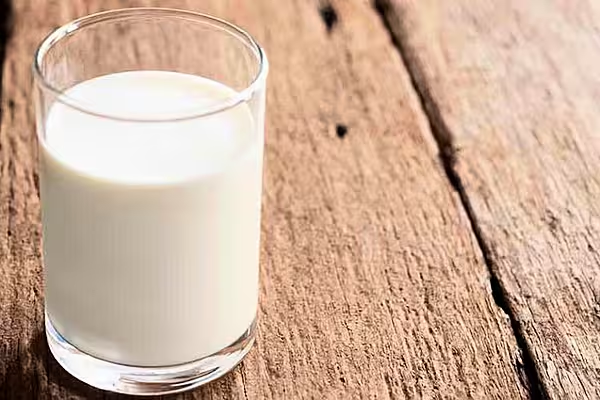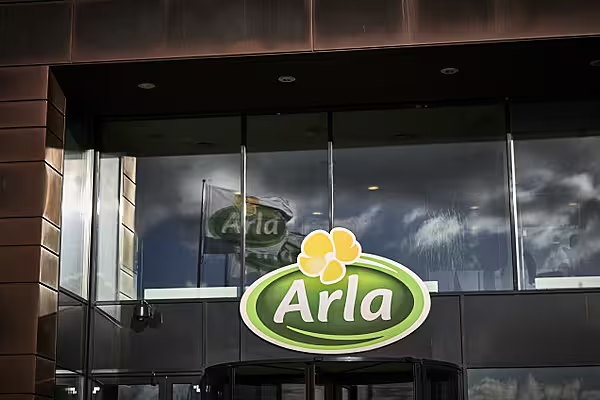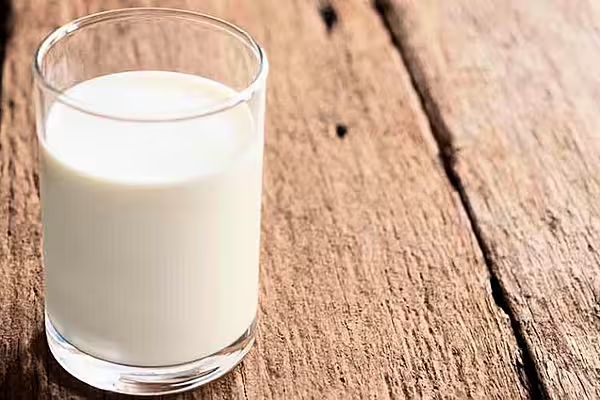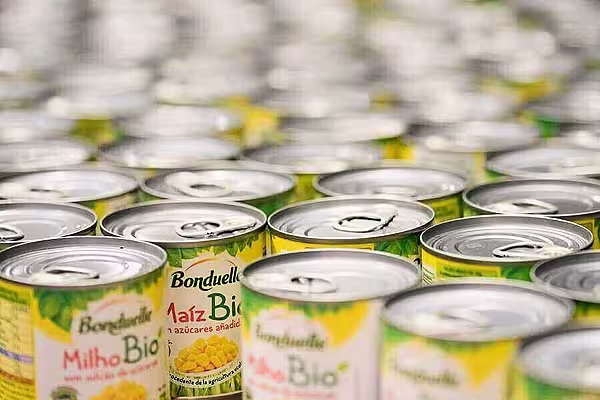Despite higher input costs, the dairy sector is confident of navigating the current market challenges. Dayeeta Das reports.
The dairy industry hasn't been immune to the challenges of the last few years – as well as the pandemic, supply chain issues and inflation concerns, the sector has also been active in enhancing its environmental footprint, which has been a cost-intensive process.
The European Commission has projected an overall 0.3% increase in dairy consumption in the EU this year, driven by the ongoing recovery of the foodservice sector and other food products seeing even higher inflation rates. EU dairy prices recently reached a record high, but farmers’ margins remain tight due to high input costs.
In the year to mid-June, prices increased by around 25% for Skim Milk Powder (SMP) and cheeses, and by 30% for butter and Whole Milk Powder (WMP), according to the European Commission’s short-term agricultural outlook.
At the same time, EU milk deliveries are expected to drop by 0.6% in 2022 due to unfavourable weather conditions combined with a smaller dairy herd, the Commission said.
Among the largest producers in the EU, only Poland, Italy and Denmark witnessed growth in milk deliveries (2.4%, 0.4% and 0.6%, respectively) in the period from January to April. Germany, France and the Netherlands saw declines of 1.7%, 1.3% and 2.3%, respectively, while Irish milk deliveries dropped by 0.7%, compared to an exceptionally high-level last year.
Impact On Supply Chain
Commenting on the challenges currently facing the dairy sector, Jukka Likitalo, the secretary general of Eucolait, which represents dairy traders in Europe, explains, “Russia’s invasion of Ukraine has caused a further surge in feed, fertiliser and energy costs, impacting the whole dairy supply chain. We could see milk output significantly constrained despite the record high milk prices. Consumer prices are also increasing as a result, affecting low-income households in particular.
“Price inflation, combined with broader economic challenges due to the war and COVID, may lead to a slow down in dairy consumption. So far, the pandemic caused logistical challenges and shifts in consumption patterns but did not reduce overall dairy consumption in Europe."
Farm To Fork Strategy
Sustainable farming is an increasingly important part of the European Union’s agricultural policy, which in turn is having an effect on the dairy sector. Measures are being implemented across the sector to reduce emissions and the carbon footprint of food products, beginning at farm level.
Several dairy cooperatives in the EU have pledged to reduce emissions and are actively helping farmers implement a sustainable supply chain.
While these measures, including the EU’s Farm to Fork and Biodiversity strategies, are underway, a reduction of agricultural output by more than 10% 15% is likely in several key sectors, including dairy cows, a Brussels-based agricultural think tank, Farm Europe has noted.
In the longer term, EU milk production growth could slow down to 0.5% per year, reaching around 162 million tonnes by 2031, according to The EU Agricultural Outlook 2021-31.
Part of this slowdown in milk production, which has been evident since last summer, is also structural, Likitalo explains, “Farmers are facing increasing production costs as well as new regulatory requirements and societal demands in relation to the environment or animal welfare. [...] The direction of travel seems clear and many EU dairy companies have taken significant measures in recent years to become frontrunners in sustainable food production."
Sustainable Dairy
Changing consumer demands have made sustainable food production even more important. According to FMCG Gurus, people are adopting a 'prevention over cure approach' to wellbeing and are focusing on a ‘back-to-basics approach to nutrition', turning to everyday food and drink that they 'deem natural and nutritious, and tasty and affordable’.
A study conducted by the research firm in 2021 found that 10% of consumers planned to eat and drink more dairy after the pandemic passed. Although this may seem a relatively low figure, it needs to be taken into context, especially as in many countries dairy consumption per capita is high, FMCG Gurus noted.
Inclination towards healthy food items is driving dairy producers to venture into a range of functional products, such as gut-friendly yoghurts, kefir drinks, and more. A majority of consumers (58%) look for health-boosting claims in dairy products, it found, with milk kefir (74%), plain yogurt (62%) and fresh milk (56%) featuring among the top three products associated with being healthy.
Elsewhere, vitamins (64%), followed by protein and calcium (both 58%) feature as the top functional ingredient claims consumers expect to see on products, while for 71% of respondents, it is important for dairy products to be labelled as 'natural'.
Allied to this, there is also a growing market for dairy alternatives, which is rooted in animal welfare and environmental concerns.
The market is big enough for all actors and everyone should be able to decide what they buy, says Eucolait's Likitalo, “What should not happen is inadequate advertising and claims about sustainability credentials or the stigmatisation of the dairy industry. To date, the growing demand for vegan products has not caused a decline in overall dairy consumption.
“It is important for the dairy sector to continue improving its sustainability performance and to communicate about it. Plant-based products are by no means more sustainable by definition but this is a common perception among many consumers."
Mandatory Origin Labelling
Elsewhere, the subject of mandatory origin labelling, which is part of the EU Farm To Fork strategy, has received a degree of pushback from the sector.
France adopted mandatory origin labelling as a two-year trial project in 2016. Last year, the law was annulled following a ruling by the European Court of Justice, which confirmed that the scheme contradicted the EU single-market principle.
Likitalo believes that origin labelling does not align with the Farm to Fork strategy, as there is no link between mandatory origin labelling and sustainability.
“Most of the environmental footprint of a dairy product is created at farm level," he says, "so the conditions of production matter much more than the distance travelled by the end product. In addition, mandatory country of origin labelling offers no guarantees about the 'localness' of a product, it simply caters to nationalistic instincts.
“Consumers that prefer to buy food produced in their country or region already have plenty of options to choose from. Extending a labelling obligation to all dairy products and ingredients would significantly disrupt well-established supply chains and have no additional benefits.”
Read More: EU-New Zealand Trade Deal To Add Pressure On European Dairy Sector: EDA
Pricing Challenge
Pricing is a crucial factor for the sector, with Eucolait pushing for on-shelf prices to reflect the cost-intensive nature of the industry.
“Compare milk to a bottle of Diet Coke, for example" says Likitalo. "Of course, in the end, prices are dictated by global supply and demand factors, not by production costs."
The war in Ukraine, supply chain crisis and prolonged effect of the pandemic are not helping to alleviate costs, as energy and feed prices continue to rise. An increase in production, processing and transport costs means higher prices for milk and dairy products, which in turn, raises concerns about the affordability of food items.
As to whether these issues will persist, Likitalo adds, “I don’t think there are any industry-wide solutions, each company will have its own strategy. Governments have a role to play when it comes to mitigating impacts and numerous measures by the EU and national governments have already been taken to support those most affected by the price hikes and by COVID-related measures.”
More information on Eucolait can be found at www.eucolait.eu
© 2022 European Supermarket Magazine – your source for the latest fresh produce news. Article by Dayeeta Das. Click subscribe to sign up to ESM: European Supermarket Magazine.
